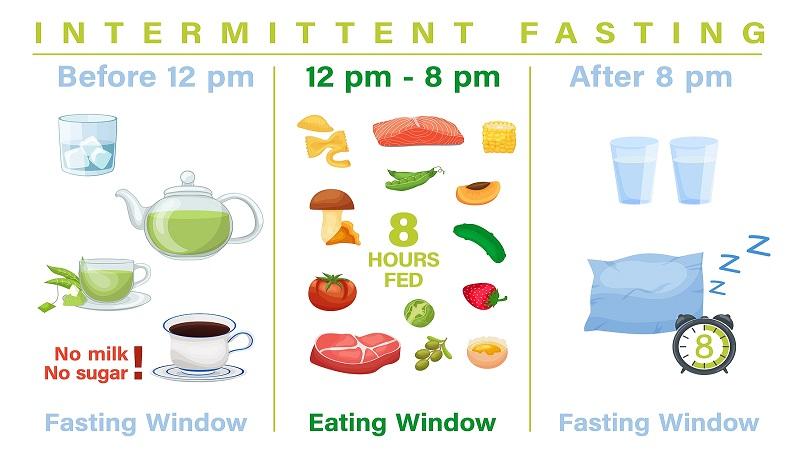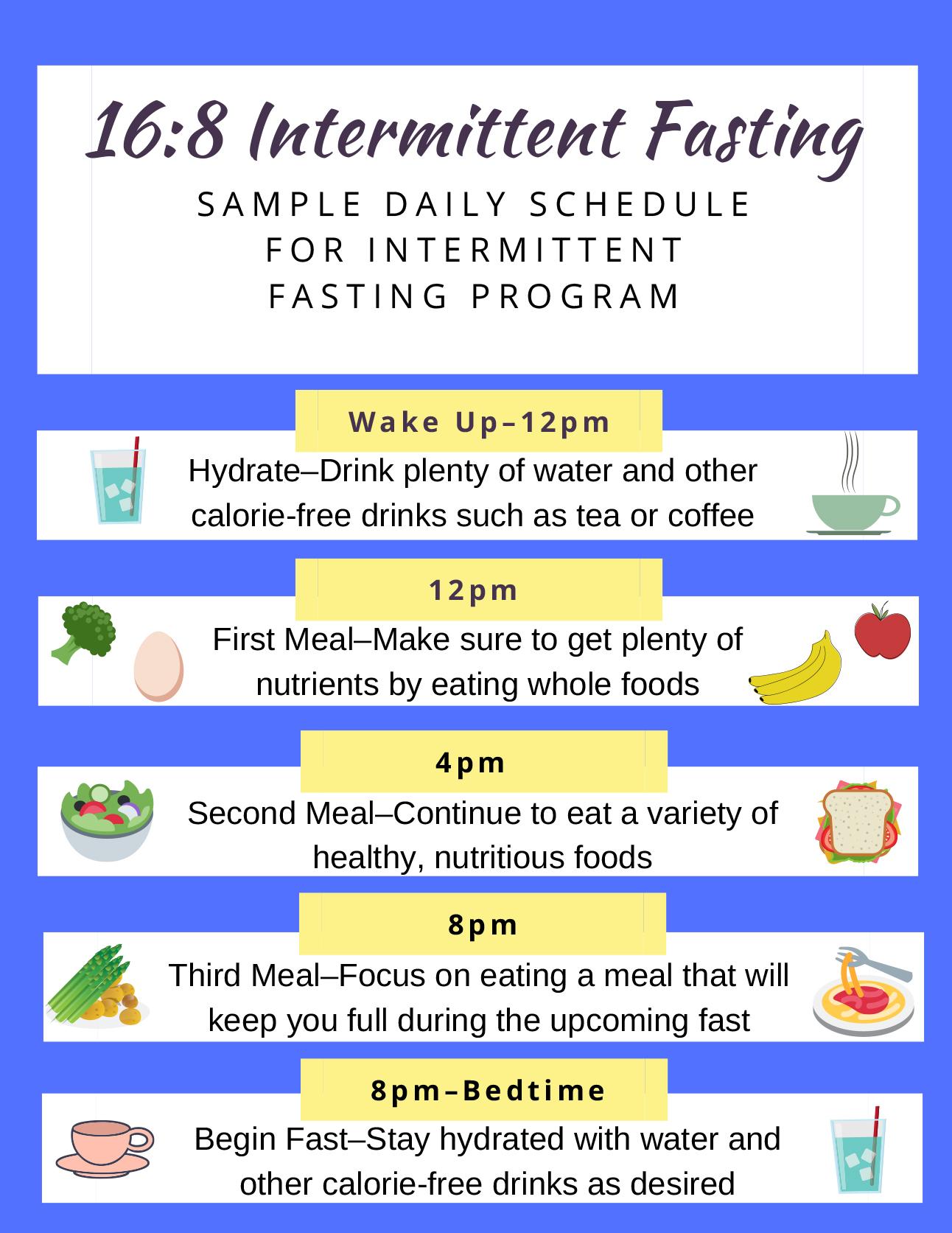In recent years, intermittent fasting has emerged as a popular and scientifically-backed approach to weight loss, captivating the attention of health enthusiasts and researchers alike. Unlike traditional dieting methods that often involve meticulous calorie counting and restrictive meal plans, intermittent fasting offers a more flexible framework that aligns with the body’s natural rhythms. This analytical exploration delves into the mechanisms by which intermittent fasting facilitates weight loss, examining its impact on metabolism, insulin sensitivity, and cellular repair processes. By dissecting the scientific principles underlying this eating pattern, we aim to provide a comprehensive understanding of how intermittent fasting can be effectively integrated into a sustainable weight loss strategy. With a confident grasp of the evidence, this article equips readers with the knowledge needed to embark on their own intermittent fasting journey, promising not just a slimmer physique but a healthier lifestyle overall.
Understanding the Science Behind Intermittent Fasting
Intermittent fasting (IF) has gained traction as a potent weight loss strategy, not just for its simplicity but also due to its basis in scientific research. At its core, IF involves alternating cycles of eating and fasting, which can lead to a caloric deficit, a critical factor for weight loss. However, the impact of intermittent fasting extends beyond mere calorie reduction. It induces several physiological changes that contribute to fat loss. During fasting periods, insulin levels drop significantly, facilitating fat burning and enhancing the release of norepinephrine, a hormone that boosts metabolic rate. Furthermore, fasting initiates autophagy, a cellular process that removes damaged cells, potentially improving metabolic health.
- Hormonal Balance: Fasting influences the production of growth hormone, which can increase fat burning and muscle gain.
- Improved Insulin Sensitivity: Lower insulin levels during fasting periods can improve insulin sensitivity, helping the body utilize glucose more effectively.
- Cellular Repair: The process of autophagy, triggered during fasting, aids in cellular repair and maintenance, contributing to better overall health.
- Metabolic Rate: Despite concerns, short-term fasting can actually boost metabolism due to increased norepinephrine levels.
Understanding these mechanisms provides a clearer picture of why intermittent fasting is not just a trend but a scientifically-backed approach to achieving sustainable weight loss.

Crafting an Effective Fasting Schedule for Weight Loss
Designing a fasting routine that aligns with your lifestyle and goals is crucial for maximizing weight loss results. Start by choosing a fasting window that fits your daily schedule. Common methods include the 16/8 method, where you fast for 16 hours and eat during an 8-hour window, or the 5:2 approach, which involves eating normally for five days and significantly reducing calorie intake for two days. It’s essential to select a plan that you can maintain consistently to see the best outcomes.
While structuring your fasting schedule, consider the following tips to enhance its effectiveness:
- Stay hydrated: Drink plenty of water during fasting periods to help curb hunger and maintain energy levels.
- Focus on nutrient-dense meals: When you break your fast, prioritize foods that are high in protein, fiber, and healthy fats to keep you satisfied longer.
- Be mindful of portion sizes: Even during eating windows, overeating can hinder weight loss progress.
- Listen to your body: Adjust your fasting schedule as needed, ensuring it supports your overall well-being and lifestyle.
By tailoring your fasting schedule thoughtfully, you can create a sustainable routine that supports your weight loss journey while fitting seamlessly into your daily life.
Balancing Nutrition and Meal Timing for Optimal Results
To achieve optimal results with intermittent fasting, understanding the synergy between nutrition and meal timing is crucial. The timing of your meals can significantly influence how your body processes nutrients. During your eating window, focus on nutrient-dense foods to ensure your body receives essential vitamins and minerals. A well-balanced diet should include:
- Lean Proteins: Enhance muscle repair and maintenance.
- Healthy Fats: Support hormonal balance and provide sustained energy.
- Complex Carbohydrates: Fuel your workouts and maintain energy levels.
- Fiber-Rich Vegetables: Aid digestion and promote satiety.
Strategically aligning your nutrient intake with your body’s circadian rhythms can further amplify weight loss. Consuming the majority of your calories earlier in the day can enhance metabolism and improve insulin sensitivity. This approach helps in optimizing energy levels and prevents the evening energy slump. Embrace this method by breaking your fast with a nutrient-packed meal, gradually reducing caloric intake as the day progresses, and ensuring the last meal is light yet satisfying.
Overcoming Common Challenges in Intermittent Fasting
While intermittent fasting (IF) is an effective strategy for weight loss, it comes with its own set of challenges. One of the most common issues people face is dealing with hunger pangs during fasting periods. To combat this, focus on staying hydrated and consuming nutrient-dense meals during eating windows. High-fiber foods, such as vegetables and whole grains, can help you feel fuller for longer. Additionally, incorporating healthy fats like avocados and nuts can provide sustained energy, reducing the urge to snack.
Another hurdle often encountered is the social aspect of fasting, especially during events centered around food. Planning can make a significant difference here. Communicate your fasting schedule to friends and family, and choose social activities that don’t revolve around eating. If food is unavoidable, consider adjusting your eating window for that day. Remember, flexibility is key to maintaining long-term success with intermittent fasting. By anticipating these challenges and preparing strategies to overcome them, you can maintain consistency and achieve your weight loss goals.
